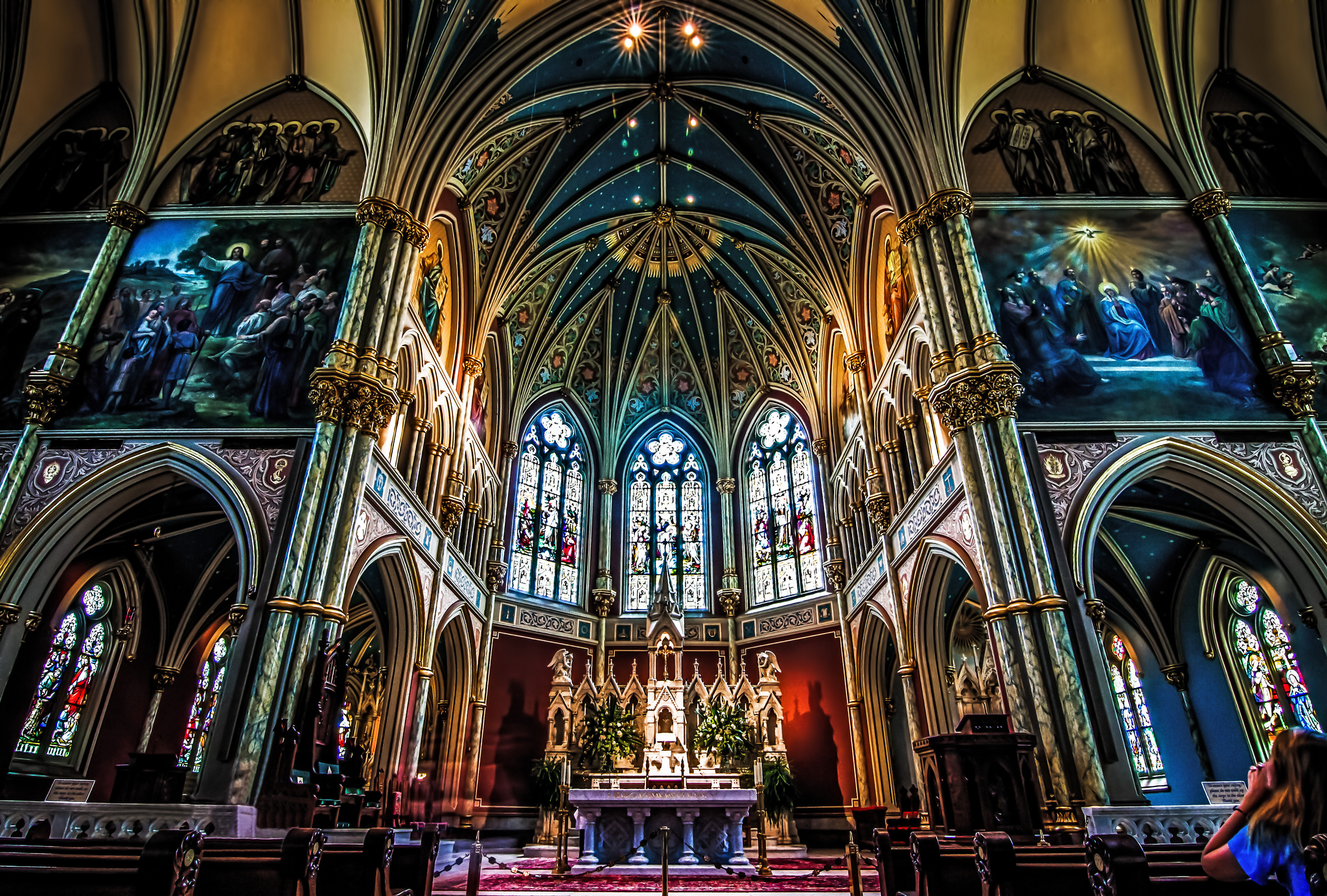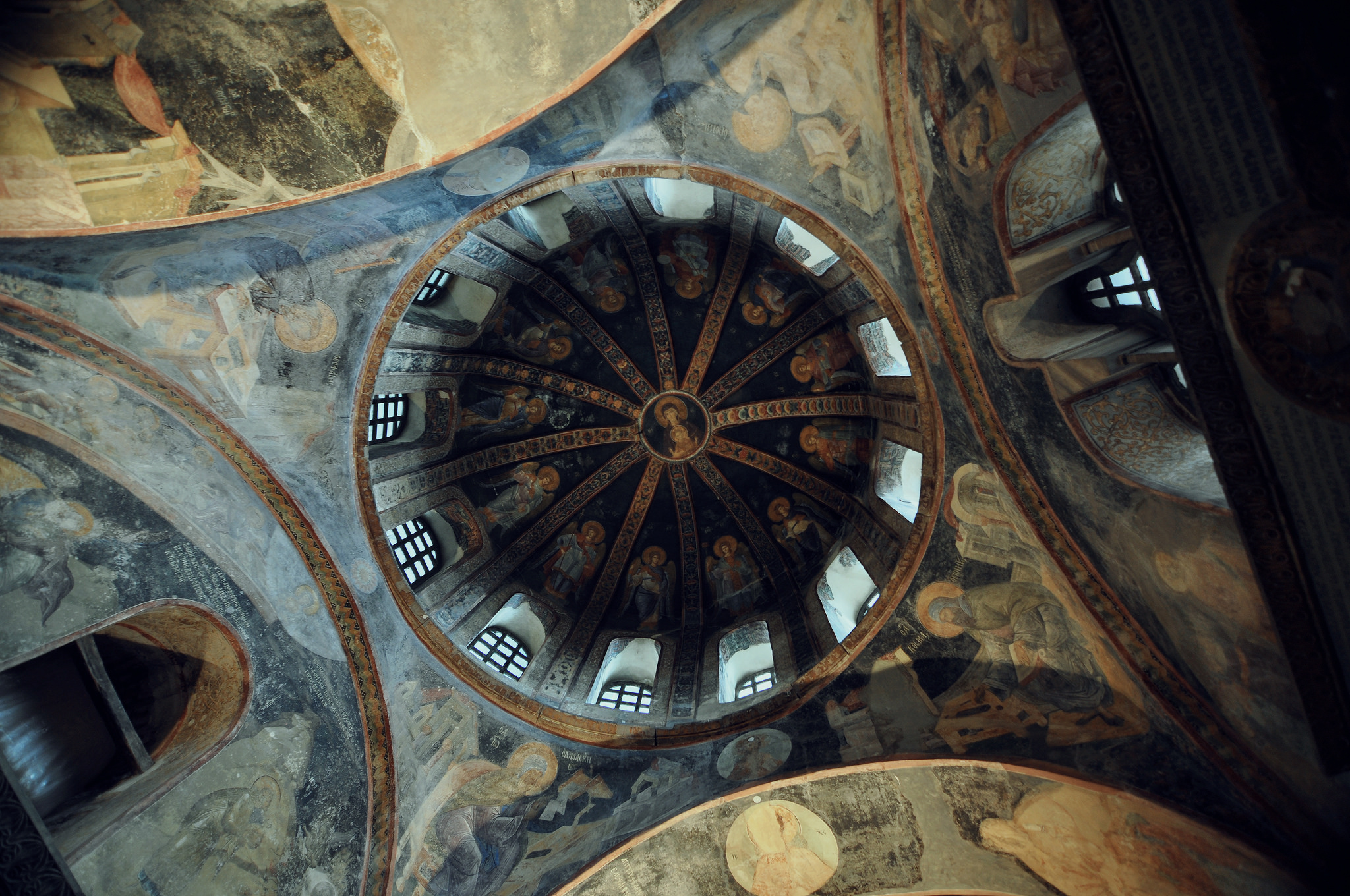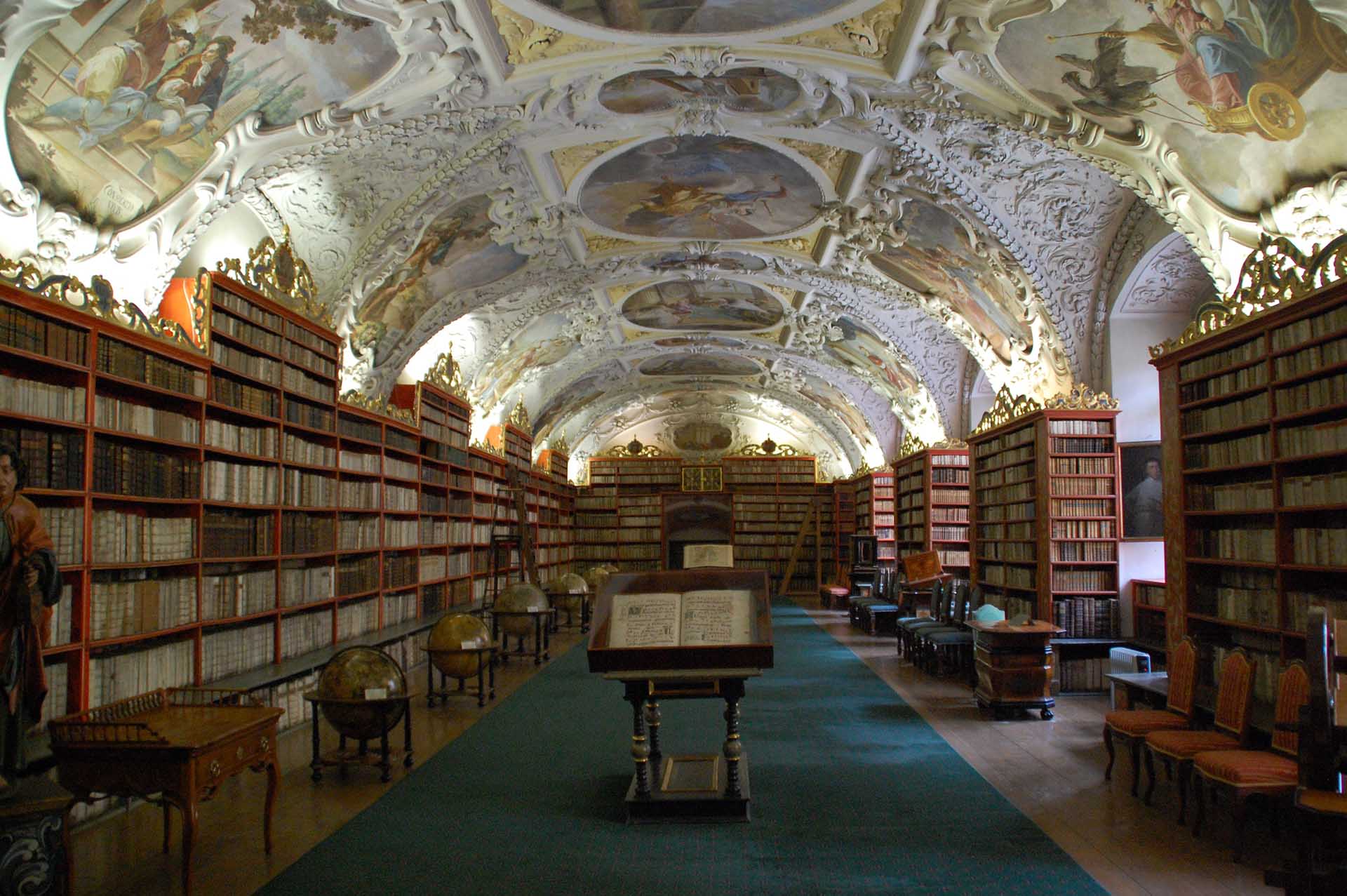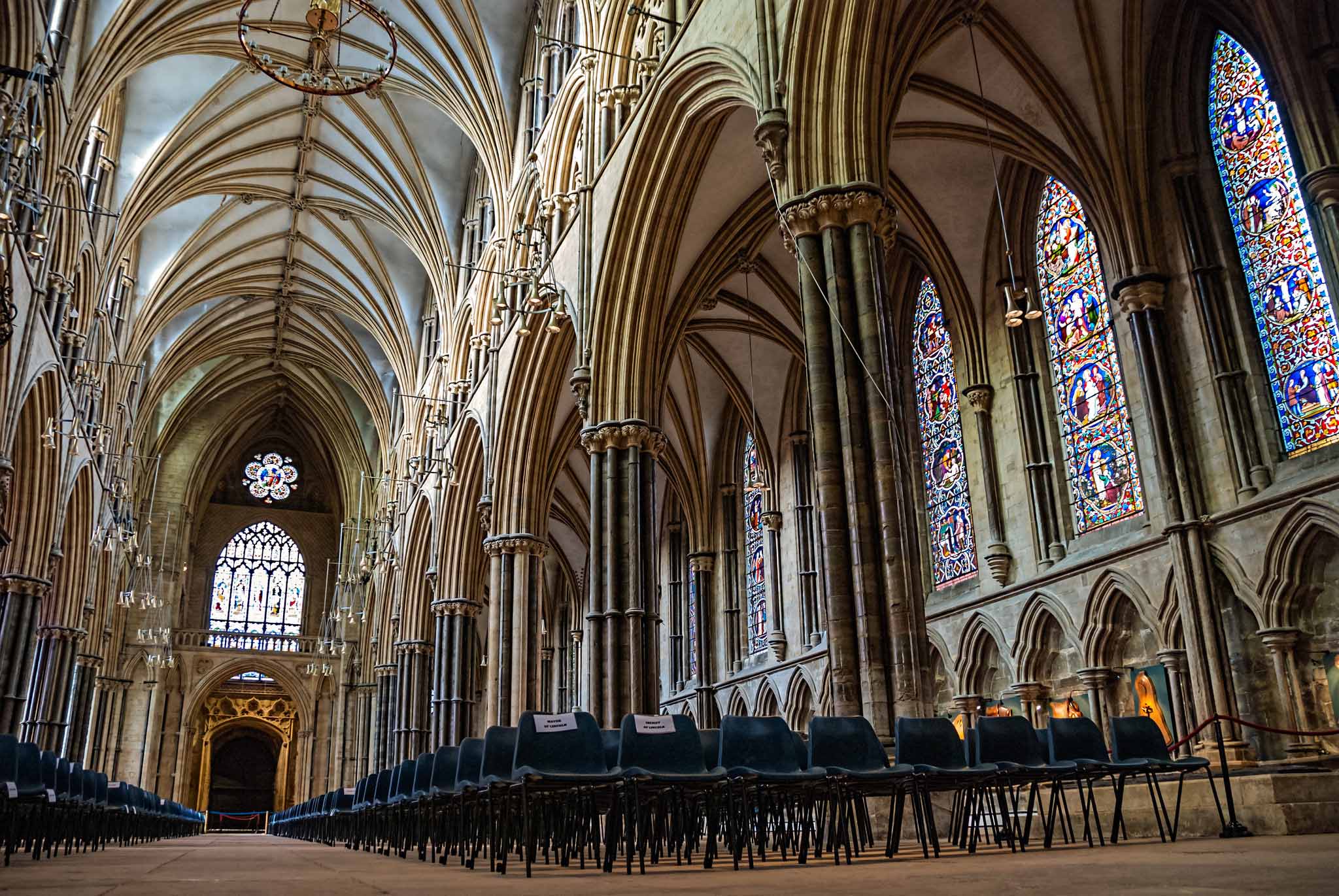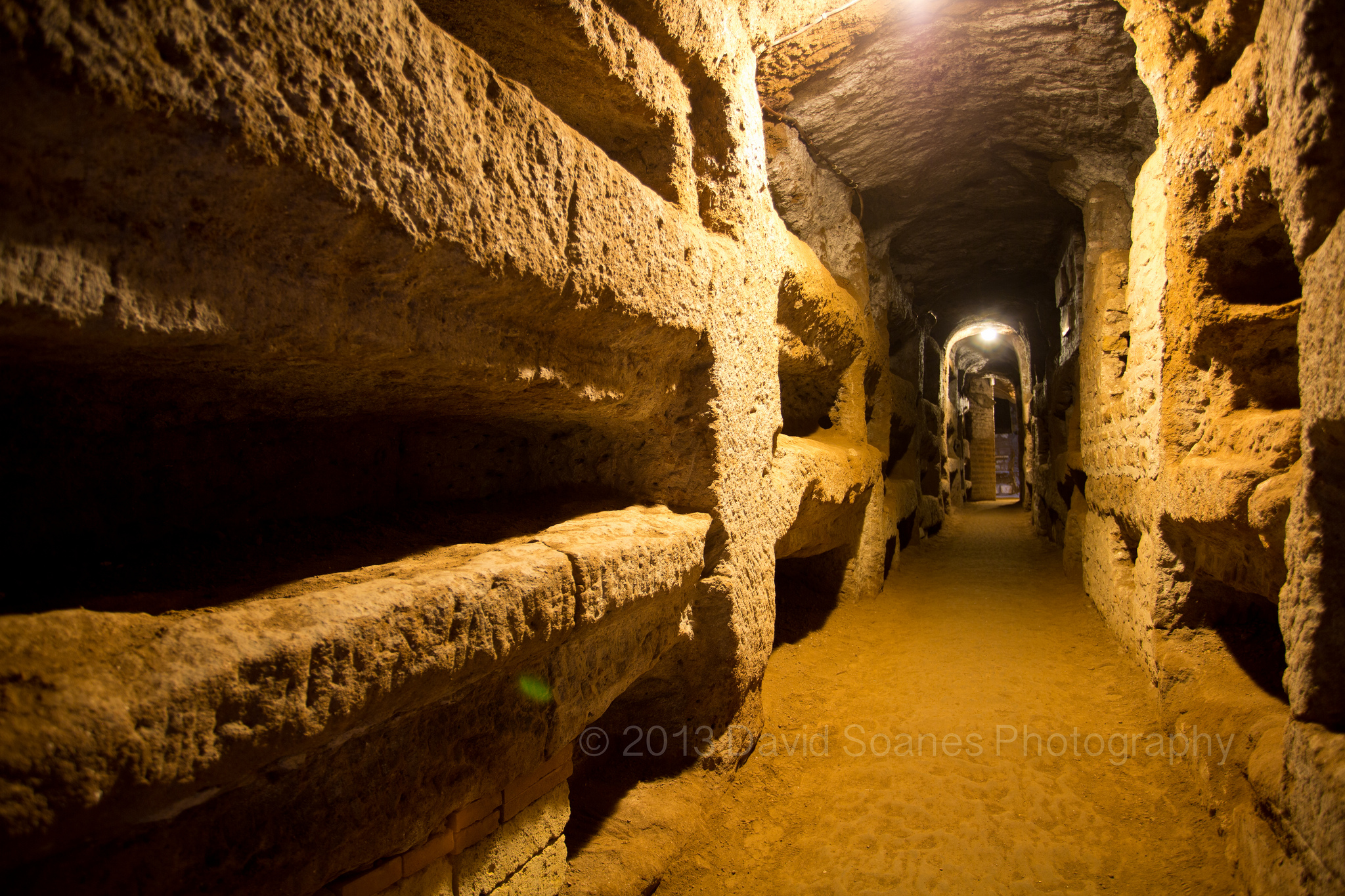Rules of scholastic theology
© Copyright 2009, T. Stanfill Benns (This text may be downloaded or printed out for private reading, but it may not be uploaded to another Internet site or published, electronically or otherwise, without express written permission from the author.)
In 1956, Rev J.C. Fenton wrote an excellent article on the requirements to be met by those theologians expounding on sacred theology. This article was written in response to accusations made by European theologians that American theologians were unsophisticated lightweights in the field. These Europeans, Fenton pointed out, were anti-scholastic, ecumenical-minded liberals “with little or no competence in the field of sacred theology.”
Flash forward to the 21st century and the same accusations are still being levied by the same individuals with two major exceptions: they are the ones in control now, and what they are writing and advancing is not sacred theology. As Fenton observed then, they have (no) competence and more importantly today, they are not even members of the Catholic Church. So if Catholics wish to cite the teaching of theologians today in defending truths of faith, to whom do they appeal? The common teaching of theologians is generally one of the safe guides used to develop certitude, but it is one among many other safer, more reliable sources. Because Traditionalist bishops and priests generally refer to the common teachings of theologians to support their arguments, readers assume they have performed due diligence and therefore their conclusions may be trusted. Yet these are not the best or most reliable sources, and among these bishops and priests, none have achieved the level of minimal competence required in theologians by Rev. Fenton.
It must be remembered that Sacred Theology and all other related theologies are to be understood as a science. Rev. Fenton, in his work “The Concept of Sacred Theology,” relates that the writers of theological textbooks refer to this science as “the science of faith.” Others, among them Tanquerey and Herve, define it as “the science which treats of God, and of creatures insofar as they are referred to God, by way of revelation and of reason.” Theology in general he defines as “a body of knowledge deduced from divinely revealed truth.” All scientific investigation and exposition must be governed by specific rules. Safely within the parameters of an unchanging Church, doctrine most certainly can never change, and the rules governing these doctrines likewise will not, cannot change. The key phrase here is within the Church. Many Traditionalists believe they have truly remained Catholic all these years by attending Mass and receiving the Sacraments, adhering to certain doctrines, yet the Church is Apostolic only if She rests upon the doctrines delivered to Her by Christ and Her clergy recognize the necessity of the papacy, since the hierarchy can only function lawfully under a true pope. The necessity of Orders for clerical validity is entirely dependent upon the union of the hierarchy conferring these orders with the Pope and the mind of the Church, which translates to the constant teaching and practice of the Church in the past on such matters.
Pope Pius XII presented the editors and associate editors of “The American Ecclesiastical Review ” (Rev. Fenton was then an associate editor) with the coveted Pro ecclesia et Pontifice award in 1954 for adherence to the truths of faith and loyalty to the Apostolic See. We know, then, that if we truly wish to belong to the Church of Christ as She existed up to Pius XII’s death and exists today, we cannot go wrong in using Rev. Fenton’s guidelines for presenting sacred theology for the instruction of the faithful. The second step is to lay down, once again, the teachings of the Church prior to Vatican II concerning the proper presentation of sacred theology. The following is a summary of Rev. Fenton’s article, enumerating 12 steps necessary to rebuild the noble science of sacred theology and present the truths of Faith in a manner truly pleasing to God. (Some points have been enhanced to reflect modern-say circumstances.)
1.) Strict doctrinal accuracy is the primary responsibility of the theologian. “A man is a competent theologian only to the extent that his teaching, written or oral, is an accurate statement of divine public revelation…the actual teaching of the ecclesiastical magisterium.” What are the sources available to the sacred theologian? In another work authored by Fenton, these sources are listed from the theologian Melchior Cano as follows:
i. Holy Scripture, contained in the canonical books;
ii. The oral Traditions of Christ and the Apostles, rightly called oracles of the living voice;
iii. The Catholic Church, (extraordinary and ordinary magisterium);
iv. The General Councils specifically, but also the regional councils;
v. The Roman Church, called by divine privilege Apostolic (the Holy See and the Sacred Congregations)
vi. The authority of the ancient Fathers;
vii. The authority of scholastic theologians, to whom the teachers of Canon Law are joined;
viii. Natural reason, contained in all the naturally acquired sciences;
ix. The authority of philosophers following the natural light of human reason and the masters of the civil law;
x. The authority of human history written by trustworthy authors or expressed in serious, national tradition.
It should be mentioned here that present-day ‘theologians” often use the last four sources and make little if any reference to the first six.
2) Obedience to the ordinary magisterium must be observed at all times. This includes the consideration not only of encyclicals and other allocutions, but the decisions of the Holy Office and the Pontifical congregations. “It is definitely not enough to have one’s teachings in harmony with those solemn judgments of the magisterium in which dogmas of the Catholic faith are defined,” (extraordinary magisterium). Here he cites the teaching of Pope Pius IX found in Tuas Libentur, (DZ 1683).
3) Theologians must carefully adhere to the “meaning always attached to existent documents and statements of the teaching Church.” Nothing contrary to the ecclesiastical magisterium can ever be considered as a meaningful contribution to sacred theology.
4) Theological propositions set forth must not only be in strict conformity with the magisterium, but fully capable of demonstration. Proofs from divine revelation and Church teaching must accompany those things that are “objectively certain.” Reasons advanced for opinions must be “serious and highly pertinent.”
5) “Proper reasoning and the correct and adequate use of sources” is essential to theological procedure. These sources are listed in #1 above. Yet some contemporary theological textbooks do not provide the necessary foundation for assisting the reasoning process. (Ludwig Ott’s “Fundamentals of Catholic Dogma,” English translation, is one of the works listed in the book review section of the American Ecclesiastical Review as seriously flawed. We mention this only because Traditionalists commonly refer to this work.)
6) In demonstrations from reason, the thesis of theological propositions must remain as the legitimate and certain conclusion. Too many would-be theologians today become entangled in the web of modern thinking and abandon logic as well as Catholic principles in proving their arguments. Only Catholic truth assisted by right reason can safely arrive at the desired destination or conclusion.
7) Sources must be selected with great care and older sources are to be preferred to newer ones, “If a book is published by a younger or modern person, its opinion should be considered as probable, since it is not established that it has been rejected by the Holy See as improbable,” (DZ 1127. The Holy See. condemns this proposition). Generally speaking, only the teaching of certainly approved theologians should be considered in any contested point of doctrine. Where Church teaching and/or Canon Law are clear, there is no reason to question.
8) Issues once decided by the Holy See are not to be discussed anew as if there had never been a decision. This is particularly the case with those arguments which arose concerning the primacy at the time of the Western Schism. Neither should theological points not yet decided upon one way or the other by the magisterium be open to partisan-style debate, as though there were a “right’ and “wrong” side, since this has not yet been determined by the Church. However, such points must be proven to still be open, since even before Vatican II, the popes complained that things already defined were still being treated as open questions.
9) Proper theological procedure presupposes the right use of appropriate and orthodox sources. ‘A competent theologian…make(s) use of all the sources needed for the adequate and correct exposition of his doctrine,” showing “a mastery of the sources upon which he is working and an adequate knowledge of the literature about these sources.” The most common mistakes made by aspiring theologians today is the failure to harmonize past teachings of the Church to the definitions of the Vatican Council and more modern Pontiffs, (ending with Pope Pius XII). This is true particularly where the heresies of the Gallicanists, Jansenists, Quietists, Traditionalists, Liberals, Americanists and various shades of Modernists are concerned.
10) Today, for purposes of study and presentation, one striving to become competent in theological matters must first carefully build a theological library from approved, pre-1959 sources. While good theological works are more difficult to find than in the past, copies for study purposes can be made from works collected by others.
11) Theologians must gear their presentations to the needs of the times and be able to teach effectively and clearly. Great contributions are made to theology as a science whenever a theologian “for the first time presents some aspect of a theological teaching explicitly.”
12) “Whenever there is an advance in the knowledge of documents dealing with the revealed message and its presentation,” a theologian can use this opportunity to the benefit of sacred theology. A “more thorough analysis of sources pertinent to some thesis” by a competent theologian always promotes a better understanding of the doctrine in question.
The problem of “mudslinging” between two parties taking opposite sides of a question not yet decided by the Holy See is one thing; past popes already have chastised such individuals engaging in this unworthy wrangling. But what Rev. Fenton condemns in his article is what then amounted to a ‘fashionable’ appeal “to the authority of certain ‘great theologians’ in support of what can be most charitably described as highly questionable theses.” And these theses examined in the article by Fenton amounted to ecumenism, anti-scholasticism, “and doctrinal aberrations reproved by Pope Pius XII in “Humani generis,” among other things. The article is interesting not only for its excellent guidelines on theological achievement, but also for its no-nonsense, call-a-spade-a-spade treatment of these less-than-Catholic “theologians.” As Fenton observed, “It would certainly be unfortunate if inaccurate teachings were offered to our people in the guise of outstanding contributions to the science of theology.”
A tendency noted by Rev. Fenton in yet another article, written before his dismissal from the Catholic University of America in the early 1960s, warns of yet another danger. “We are speaking…of the manuals in the field of fundamental dogmatic theology, which were in use and were influential at and after the turn of the twentieth century… Probably the most important of these manuals were those of Louis Billot, who will most certainly be counted among the very ablest of all the theologians who labored for the Church during the early part of this century. Even more widely known than the works of Billot were those of the Sulpician Adolphe Tanquerey. Many thousands of priests were introduced to the study of sacred theology, and particularly of fundamental dogmatic theology, by courses based on Tanquerey’s De Religione: De Christo Legato: De Ecclesia: De Fontibus Revelationis, the first of the three volumes of his Synopsis theologiae dogmaticae ad mentem S. Thomas Aquinatis accommodata.5 This particular volume had gone into its twenty-first edition in 1925. If the theses taught by Tanquerey were opposed to those of “the most authentic Catholic tradition of all ages,” then thousands of priests, educated during the first part of the twentieth century were being led into error by the men whom Our Lord had constituted as the guardians of His revealed message.” Here Rev. Fenton also mentions Revs. Garrigou-LaGrange, Van Noort, Devivier-Sasia, Yelle, DeGroot, Berry and many others.
Rev. Fenton continues: “Now it is quite obvious that the common teaching of the manuals of fundamental dogmatic theology since the turn of the twentieth century has been the doctrine, which has been taught to the candidates for the priesthood within the Catholic Church, at least up until the past few months. We are dealing with books, which have been employed in teaching in seminaries and universities. If these books all contain common teaching opposed to or even distinct from genuine Catholic doctrine, then the ordinary and universal magisterium of the Catholic Church has been very much at fault during the course of the twentieth century.
“It is quite obvious that the individual opinions of individual authors do not constitute Catholic doctrine, and could not be set forth as such. But there is a fund of common teaching (like that which tells us that there are truths which the Church proposes to us as revealed by God, and which are not contained in any way within the inspired books of Holy Scripture), which is the unanimous doctrine of the manuals, and which is the doctrine of the Catholic Church. The unanimous teaching of the scholastic theologians has always been recognized as a norm of Catholic doctrine. It is unfortunate that today there should be some attempt to mislead people into imagining that it has ceased to be such a norm in the twentieth century. The Catholic priest knows perfectly well that there is never going to be, and that there never could be, any “return” to a more authentic Catholic doctrinal tradition through the abandonment of the common teaching of all the twentieth-century manuals of fundamental dogmatic theology. The living and infallible magisterium of the Catholic Church never abandons the most authentic Catholic tradition. That tradition is manifest in the common teaching of the twentieth-century manuals, and in the condemnations of the various Modernistic propositions.”
We also find it necessary to condemn the above types of “theology” today, and like Rev. Fenton we are not afraid to make lists and name names. Errors promoted by self-appointed theologians since Pope Pius XII’s death strike at the heart of revelation by denying a great many of the propositions formally proposed de fide by the Vatican Council, and those truths proximate to divine faith. Those truly striving to promote theological studies would commit grave sin if such heresies were not addressed, (Can. 1325). While Rev. Fenton discourages an over reliance on the works and methods of other theologians, he did not anticipate our circumstances. Today we are not able to qualify formally as theologians ourselves, (a process not available since the death of Pope Pius XII). Those few priests who may have qualified as pre-VII theologians betrayed their incompetence in this field by accepting illicit episcopal consecration at the hands of renegade bishops. Therefore we must follow only the teachings of competent theologians from Rev. Fenton’s time, and by educating ourselves in the truths of faith learn to repel those who falsify Christ’s teaching.
Those venturing into the realm of sacred theology also must practice humility. Students studying and presenting sacred theology must never believe their conclusions to be infallible. All writings must be submitted to the Church for correction. The budding and the seasoned theologian alike must “explicitly disavow any teaching of his which might be opposed to the doctrine of the Church,” and be willing to accept correction. The attitude of those who today study theology often as amateurs and with little or no opportunity to discuss their work with others, should be one of mutual support and cooperation. This however has not been the case. The tendency to foster one’s own opinions and pet theories should have been set aside to work for the good of the Church in a spirit of true charity, but in these days charity has grown cold. Obedience to Divine law and infallible truths, open mindedness and objectivity should have been the primary goals but all were off on their own tangents, this author included. No real standards for arriving at truth were ever set down; laymen daring to wade into the theological fray were likely to be chewed up and spat out by the clerics who then prevailed. But it is never too late to change direction and work together for the glory of God and the good of His Church. This is our prayer and our constant petition.
